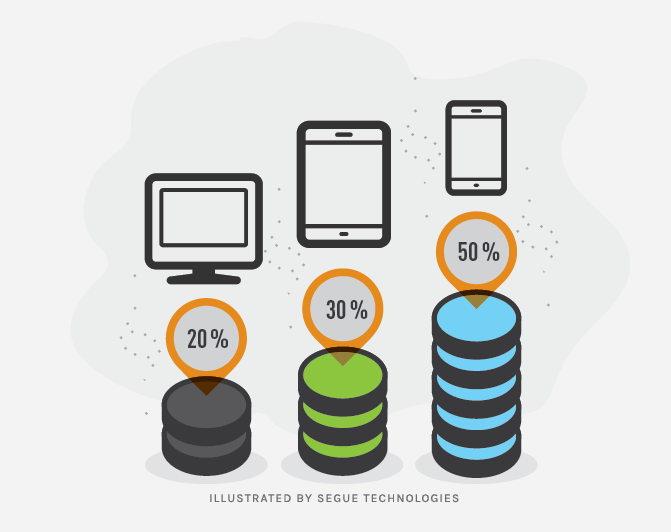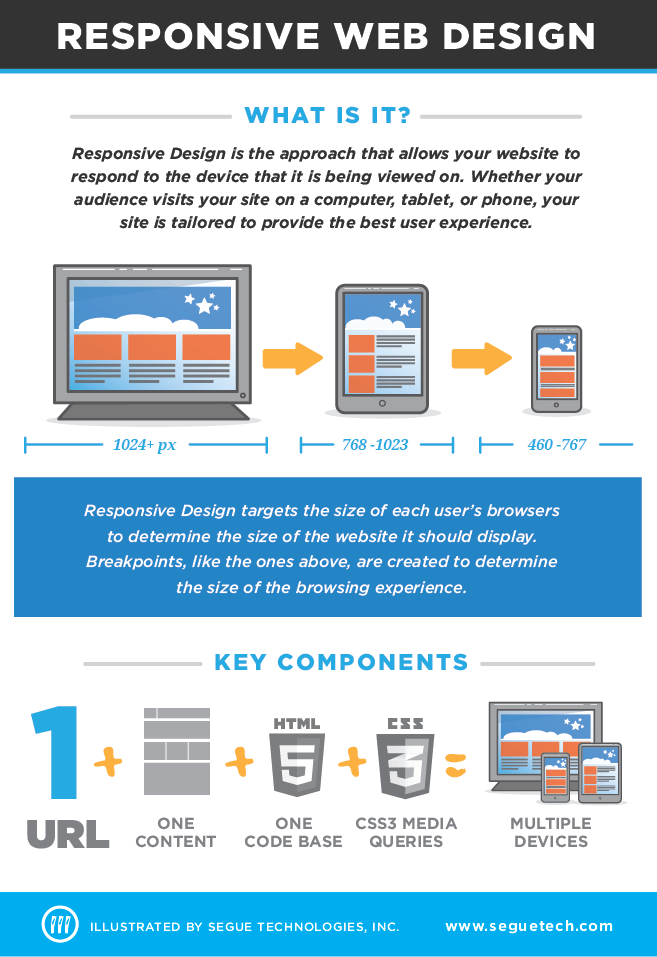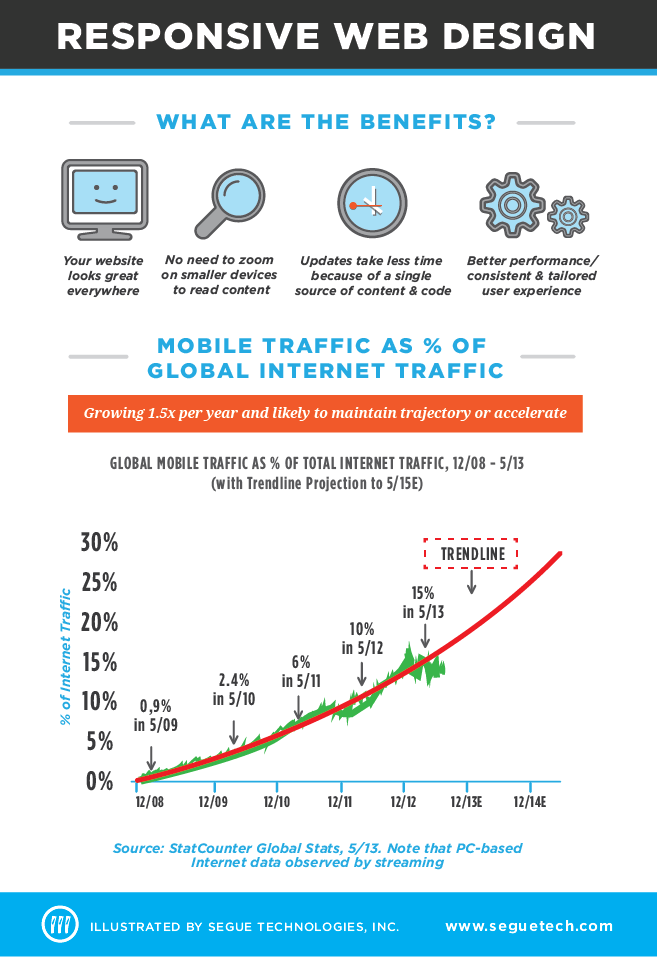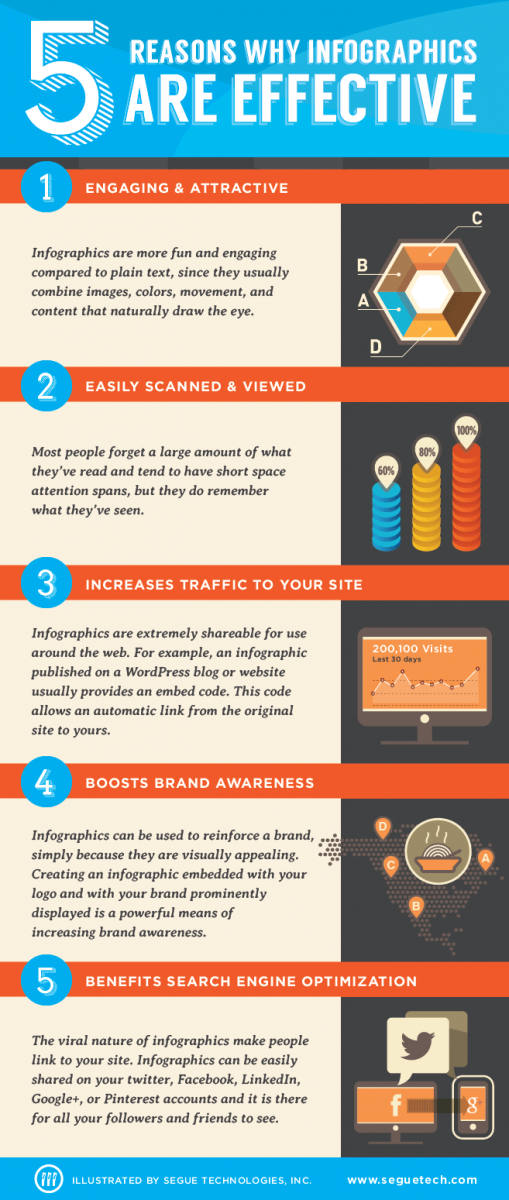
Who wants to spend a lot of time reading, trying to understand pages of complicated facts and figures? It’s certainly not a coincidence that so much of what we share online today is picture related. There’s just so much information around us that we cannot possibly remember it all in a limited amount of time. However, there is no doubt, using infographics to convey figures and data will help people absorb information in a much more efficient way
What are Infographics?
Infographics are graphic visual representations of information, data, or knowledge, intended to present complex information quickly and clearly.They can improve cognition by utilizing graphics to enhance the human visual system’s ability to see patterns and trends (source: Wikipedia). Infographics are really about telling a story; they help you organize data, and make it visually digestible so that viewers can easily process the information. Infographics display large amounts of data and information in the form of a graph or picture. They are used for many reasons: They’re entertaining, eye-catching, concise, and all the information they contain is easily digested by the reader so they’re useful, too.
The Components of an Infographic
Infographics are composed of the following elements:
1. Visual Elements
- Color
- Graphics
- Reference icons
2. Content Elements
- Time Frames
- Statistics
- References
3. Knowledge Elements
- Facts
Why Should You Use Infographics?
As a graphic designer here at Segue, I have found infographics to be an educational, entertaining, and useful tool. We use infographics for our marketing /social media collateral pieces. Most importantly, infographics are fun and deliver the information you are trying to relay in an engaging and interesting way. Here is a great example:

Using infographics is also a quick way of getting your point across to your customer and grabbing their attention, and make it easier for the image to go viral. People see your infographic, click on the link, and presto! You have a new potential customer on your site. Done correctly, that picture will always be associated with your brand or website and can attract visitors to your site long after it was first posted.

Does your industry need to present data in an effective and compelling manner? Then infographics could be the right tool for you. According to the Search Engine Journal, “Studies have found that 90 percent of the information that we remember is based on visual impact. We live in an age where 1.5 billion pieces of content, 140 million tweets, and 2 million videos are created on a daily basis, and you can easily understand why a simple visual aid can make your brand stand out.”
It’s not everyday that you can utilize something that is not only visually pleasing , but also has the capability to present a compelling narrative. An infographic can help you simplify a complicated subject matter or turn an otherwise boring subject into an engaging experience. At the end of the day, our main objective is to create something compelling to be seen, found, and shared. There are no limits to where your infographic can be posted. Being able to pack a ton of information into a visual package is a great opportunity to get your point across, drive interest and traffic, get exposure, and build your reputation as an expert.
Some references:



